Discover Malta's
maritime history
etched in stone
Identifying various ship types
Malta’s long-established maritime history can be seen in the various ship types depicted in the graffiti assemblage. In many cases a graffito may be little more than a few lines more akin to a scrawl than a fully-detailed vessel. Whereas in the case of detailed examples of ship graffiti, vessel types can even be identified, which can inform on the potential age of the graffito itself. For further reading see Muscat, J. 2002. Il-Graffiti Marittimi Maltin. Malta: Pubblikazzonijiet Indipendenza.
 Graffiti
Graffiti
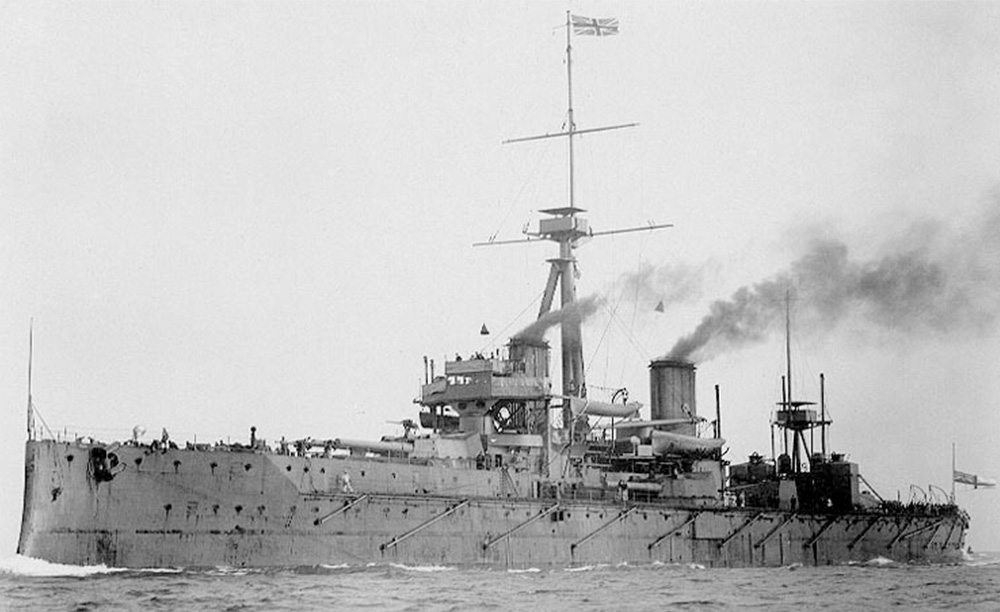 Ship
Ship
Ship Identification
Dreadnought Battleships
At the turn of the 20th Century, the Royal Navy introduced a new class of battleship known as the Dreadnought-class. These types of ships featured a clearly identifiable inverted bow which is also represented in the graffiti. With the Mediterranean Fleet based in Malta, ships including the HMS Iron Duke (1912) would have often been visible in the Grand Harbour, a very short distance from the graffiti site in the left image. Although Dreadnought-type ships are relatively uncommon in the graffiti assemblage, their inverted bows are immediately distinctive.
Graffiti sites in Malta and Gozo are often uncovered due to developments and refurbishments of historic buildings- as such the catalogue of graffiti in Malta is constantly expanding.
Ship Identification
Ship of the Line
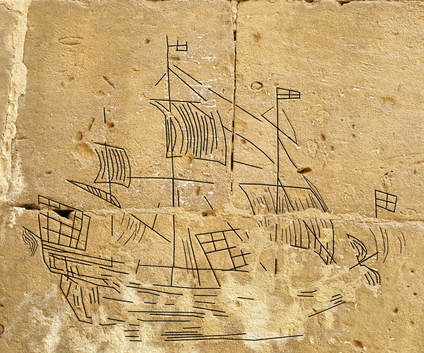 Graffiti
Graffiti
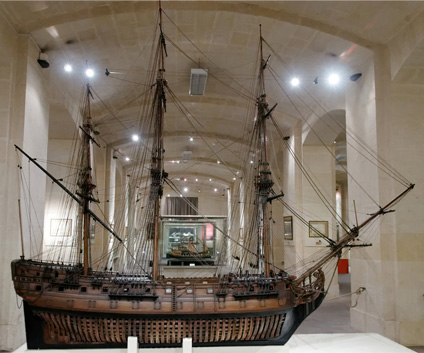 Ship
Ship
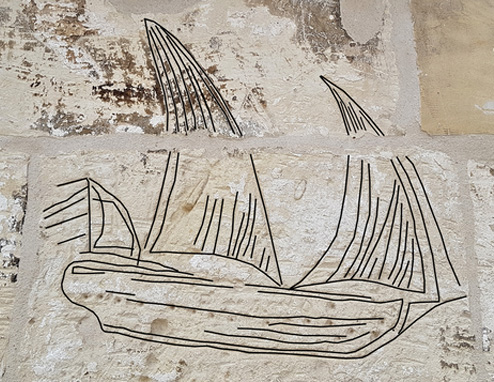 Graffiti
Graffiti
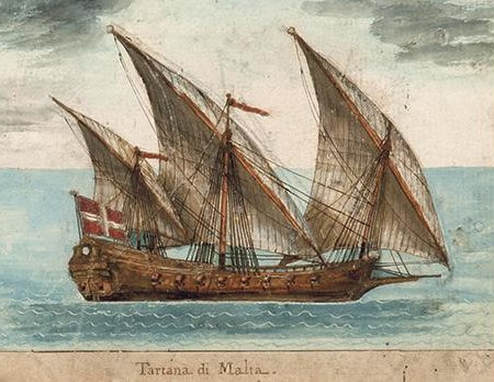 Ship
Ship
Ship Identification
The Maltese Tartana
Ship graffiti isn’t just limited to bellicose vessels, with traditional boats and merchant ships also depicted in the assemblages. The tartana is an example of this type of vessel having traditionally been used for transporting goods and people as well as for corsairing purposes. Tartanas can be often found in the graffiti and are recognisable by their three lateen sails (triangular-shaped instead of square). They can also sometimes be depicted with a line of cannon.
Ship Identification
Traditional Maltese Boats
The 'Luzzu', the 'Dgħajsa' and others
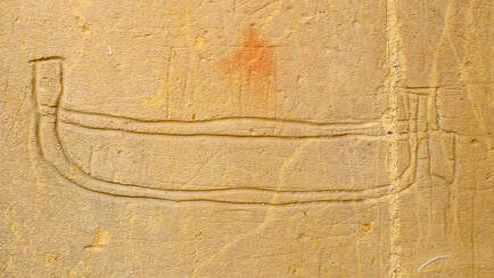 Graffiti
Graffiti
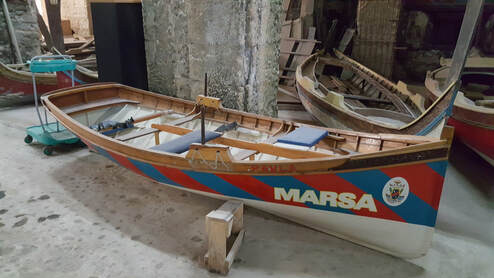 Ship
Ship
 Graffiti
Graffiti
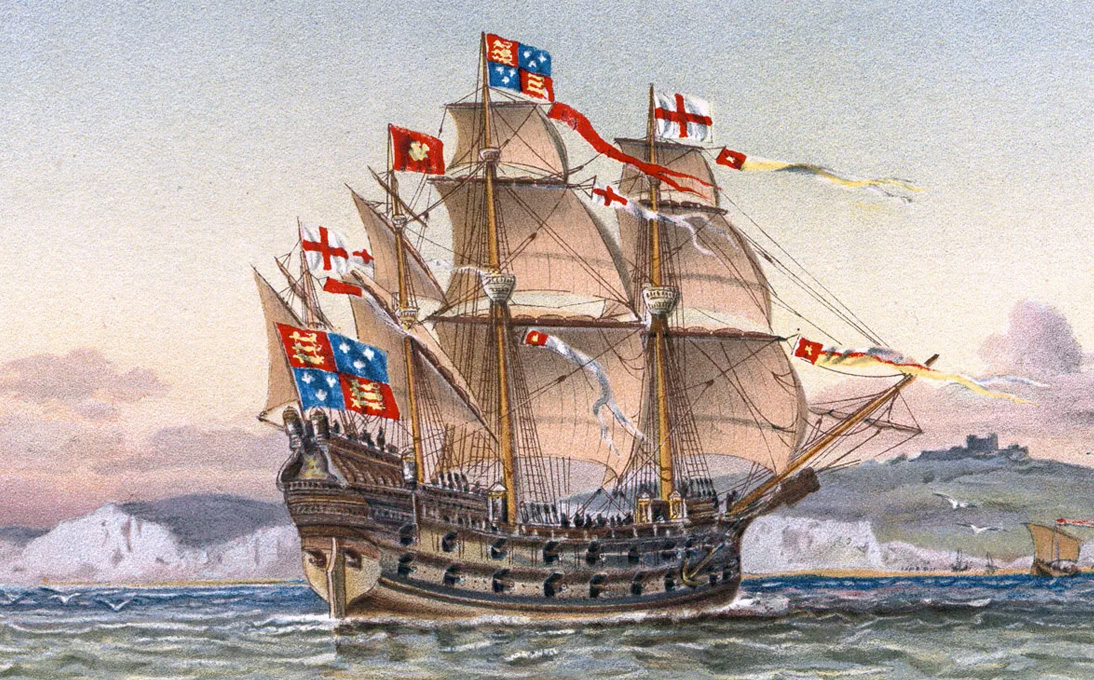 Ship
Ship
Ship Identification
Carrack
Ship Identification
Galley
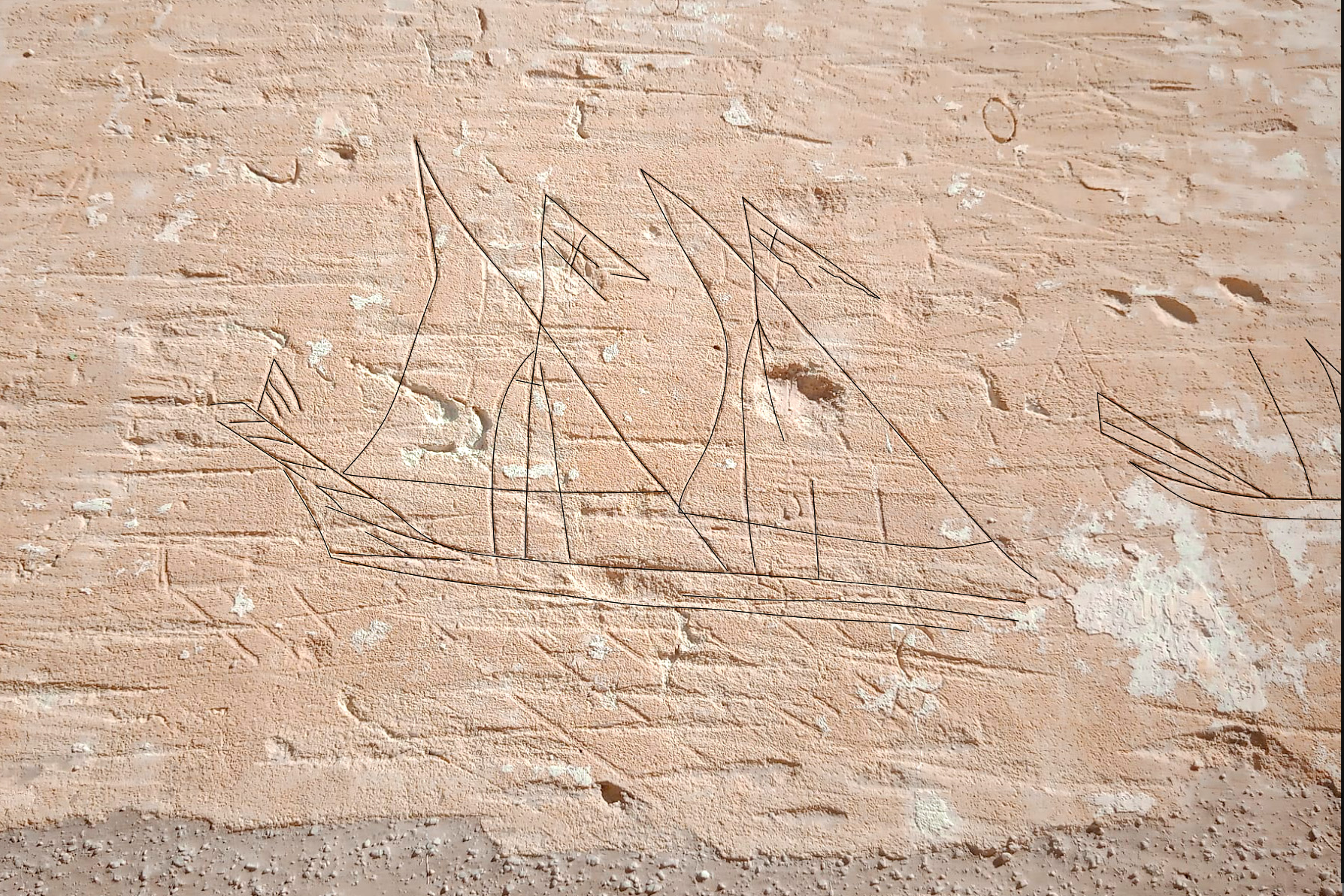 Graffiti
Graffiti
 Ship
Ship
